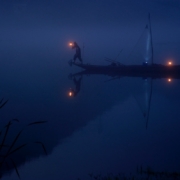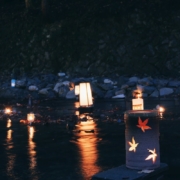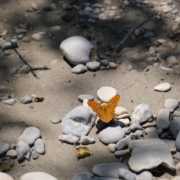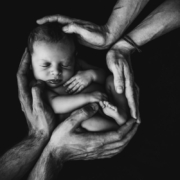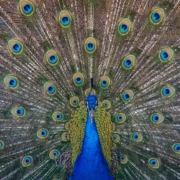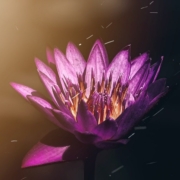Transitions
Times of transition are upon us and they will be for some time to come. Times of transition such as we are experiencing are not meant to be comfortable; they are chaotic, dangerous and workable.
These times are workable. What do I mean by that?
I used to think “workable” meant a happy ending, everyone gets what they want and everything is resolved. Workability for me now is more about self compassion, being humble enough to acknowledge my need for support and accepting that some things are never “resolved”.
In childbirth, there is a phase called “transition”. It is an experience of heightened sensitivity and demand. A skilled midwife must know how to support a woman in a time of chaos through the urges to push or give up.
The comparison to what we are going through in our world at this time is unmistakable and the urge to push through or give up is habitual. We need our inner and outer midwives to guide us with fierce compassion.
What makes situations workable in times of transition is an invitation to notice how do we meet uncertainty? How do we find freedom within limitations? Do we ignore uncertainty? Is our style to try to control what’s happening? Is our habit to catastrophize?
Being aware with self compassion…
…of how we meet such times opens us to more choices in our capacity to respond. Or as somatic teacher Moshe Feldenkrais put it: “When you know what you are doing, you can do what you want.”
To know we can learn how to be at choice in our responses is true freedom.

